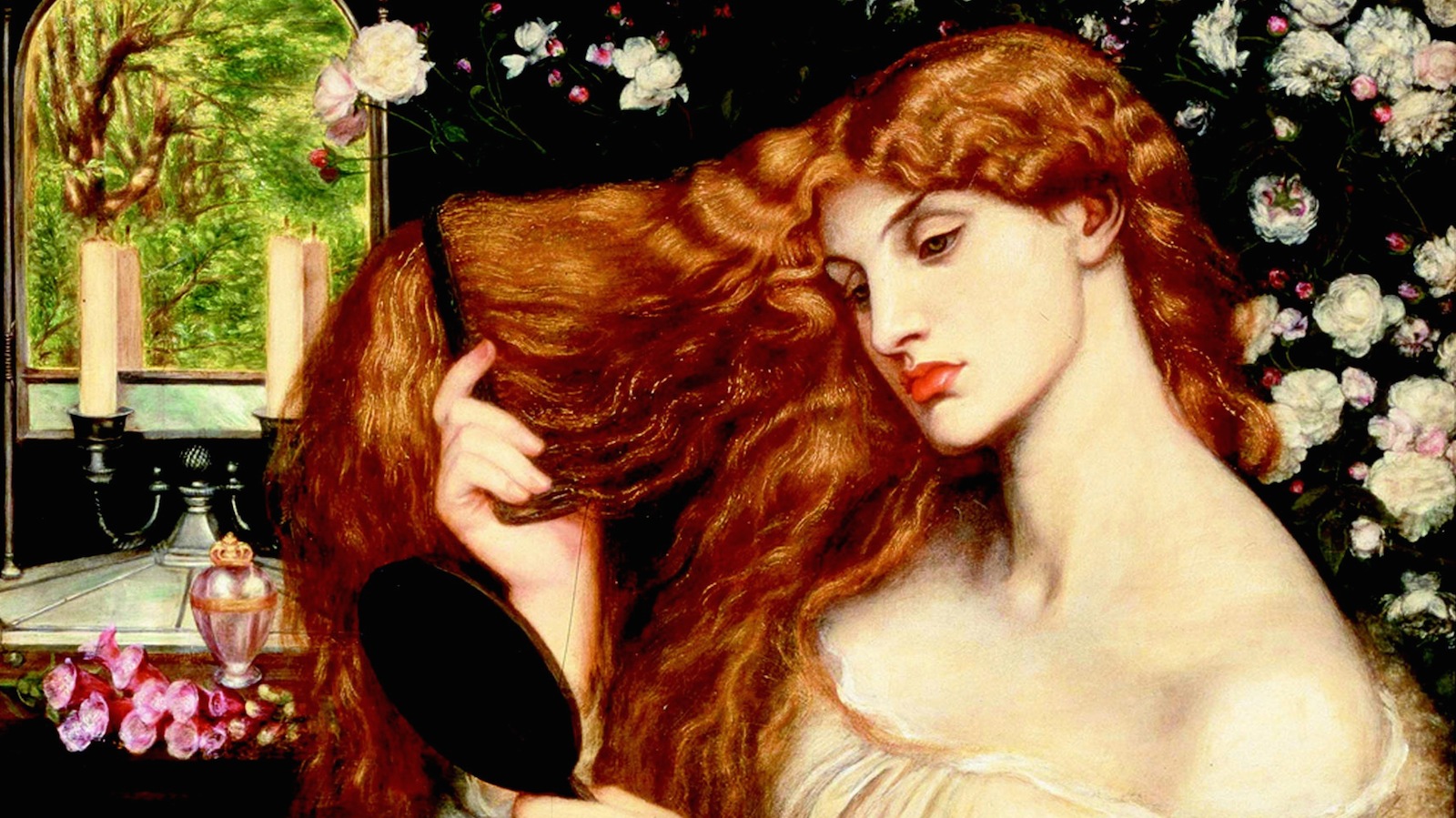Is she the first woman created: Who is Lilith?
Lilith is the first female figure whose existence is believed to exist in many religions, especially in Jewish and Christian beliefs. There is a belief that Lilith was the first wife created from the earth with Adam.

Even though it is not mentioned in the holy books, in Talmund's Creation section, which is about Jewish legends, it is mentioned that a female was created in 1 Bab, and a tooth was created from Adam's rib in 2 Babs. This reinforces the belief in the existence of Lilith in Jewish belief.
Lilith is a female figure in Mesopotamian and Judaic mythology, alternatively the first wife of Adam and supposedly the primordial she-demon. Lilith is cited as having been "banished" from the Garden of Eden for not complying with and obeying Adam.
According to some beliefs, Lilith, known as the first woman created with the Prophet Adam, is referred to as the first witch, mother of demons, and evil female spirit in some beliefs and cultures. Although it is described by different names and definitions in many cultures, the most accepted idea is the myth that Lilith was Adam's first wife, who wanted equality, and was lascivious, and rebellious.
Apart from Jewish and Christian beliefs, Lilith, who also appears in the Sumerian epic of Gilgamesh, appears in Anatolian culture as a red wife who hunts newborns and puerperal babies.
LILLITH LEGEND
Although Eve, who is said to have been created from Adam's rib bone as the first woman in Islamic belief, is accepted, according to the legend, the first woman God created is Lilith, with red hair and amber eyes, who was created not from Adam's rib, but from the soil from which Adam was created; With his wife Adem, he continues his life in the most beautiful places of heaven for a while. However, this union does not last long happily. Adem's constant effort to establish superiority and even his desire to be on top during sexual intercourse begins to bother Lilith. She wants to see equality before the man she was created with from the same soil and she never accepts obedience.
Lilith, whose desire for equality was not accepted, could not stand this situation any longer and rebelled and found a way to escape from heaven and fall to earth just like the devil. In the world, she begins to live in a cave near the Red Sea. Lilith, who encounters the devil, who is rebellious like herself, gets together with him and they have children from this union.
After Lilith's escape, Adam, left alone in heaven, prays to God for days and months for the return of his beloved wife. God, who does not leave Adam's prayers unanswered, sends his angels to earth and calls Lilith to return to heaven, but Lilith does not accept to return.
God, whose call was not accepted, tells Lilith that for every day she does not return, one of her children will be killed, but Lilith refuses to return and one child is taken for each day. Lilith, whose children were killed in the end, swears that she will kill every child born after that day.
Now sure that Lilith will not return, the god could not bear Adam's pain and pleas, and this time he created Eve, just like Lilith, from his rib to be obedient. Meanwhile, Lilith, who constantly suffers for her children in the world, could not stand the happiness of Adam and Eve in heaven, and joined the devil in the form of a snake and entered paradise in the form of a snake, tricking Eve into eating the forbidden fruit and getting them expelled from heaven.
EFFECTS OF LİLİTH
Lilith, the woman who even gave up heaven to not accept male domination, has become an important icon for feminists today. In earlier times, witch societies, which were almost all women and called themselves Wiccan, also deified Lilith as the first witch. In addition, it is seen that Michelangelo, a great artist of the Renaissance period, depicted Lilith as half snake half woman. Throughout history, Lilith has become a very important figure both by women seeking their rights to freedom and in the field of art and literature.
